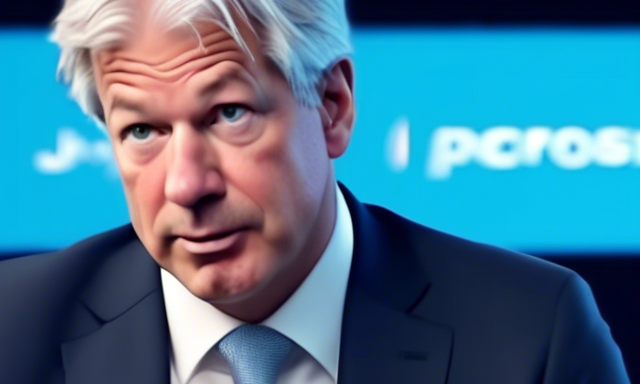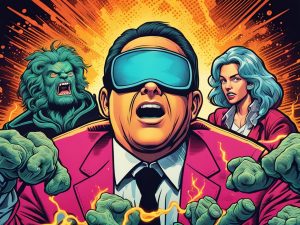Understanding Economic Conditions: Recession vs. Stagflation 🌐
Explore the distinctions between recession and stagflation, two economic phenomena that can significantly impact financial markets and decision-making. This year, you should be aware of the potential threats that rising inflation and slow growth pose to overall economic stability.
The Dynamics of Recession 💼
A recession signifies a phase of economic contraction characterized by several key indicators. These include:
- Decline in Gross Domestic Product (GDP)
- Increasing unemployment rates
- Decreased consumer expenditure
During a recession, businesses tend to reduce their operations and production slows, leading to diminished economic activity. The effect on inflation is noteworthy; typically, inflation rates drop as the demand for goods and services lessens, putting downward pressure on pricing. In response, central banks often take measures to boost economic growth by lowering interest rates and injecting liquidity into the economy.
Defining Stagflation 🌪️
Stagflation represents a more intricate economic scenario where the economy simultaneously grapples with stagnation or even negative growth while dealing with high inflation. This dual challenge makes stagflation particularly problematic for policymakers. Key features include:
- Stagnant economic growth
- Soaring prices
In stagflation, prices keep rising despite an ailing economy, complicating decisions for economic authorities. Higher interest rates aimed at combating inflation can inadvertently worsen the economic slowdown, while stimulating measures to boost growth can exacerbate inflationary trends.
Contrasting Recession and Stagflation ⚖️
Understanding the differences between recession and stagflation is crucial. During economic recessions, inflation usually remains low or declines. In sharp contrast, stagflation merges the adverse effects of both high inflation and sluggish or negative growth. The management of stagflation is often more challenging since traditional strategies are less effective in addressing its duality. A prominent example of stagflation occurred during the 1970s, heavily influenced by the oil crisis.
Current Economic Warnings from Industry Leaders 📈
This year, economic experts are voicing concerns about the looming possibility of stagflation. For instance, Jamie Dimon, the CEO of JPMorgan Chase, remarked in a recent conference that stagflation represents the most detrimental outcome for the economy. He noted:
“I would say the worst outcome is stagflation — recession and higher inflation. And I wouldn’t take it off the table.”
Dimon’s remarks come at a time when various economic indicators suggest slowing growth. Although inflation appears to be trending towards the Federal Reserve’s 2% target, data related to employment and manufacturing point to a weakening economy. These mixed signals are causing unease among investors.
Factors Contributing to Inflation 📊
Dimon also highlighted inflationary concerns tied to governmental financial policies. He pointed to the following factors that could reinforce inflationary pressure in the economy:
- Increased government deficits
- Rising infrastructure spending
According to him, these elements could keep inflationary risks alive in the coming years, complicating the economic landscape further.
Revisiting Projections and Market Reactions 🔍
Moreover, Dimon previously indicated a less optimistic outlook for achieving a “soft landing” for the economy, estimating the chances at only 35% to 40%. Such assessments suggest a higher likelihood of recession compared to stability. In connection to these concerns, JPMorgan Chase’s stock experienced a notable decline of 7% recently. This drop followed statements from the bank’s president, Daniel Pinto, who expressed skepticism about the projected net interest income (NII), suggesting that it was overly optimistic based on anticipated interest rate trends. He asserted that the actual figures would likely fall short.
Hot Take 🔥
As fluctuations in the economic climate continue to unfold, staying informed about the interplay between recession and stagflation is vital for understanding potential impacts on your financial decisions. Keeping an eye on expert analyses and market indicators can provide you with insights that are essential this year, ensuring you navigate the complexities of the economy more effectively.





 By
By
 By
By
 By
By

 By
By
 By
By